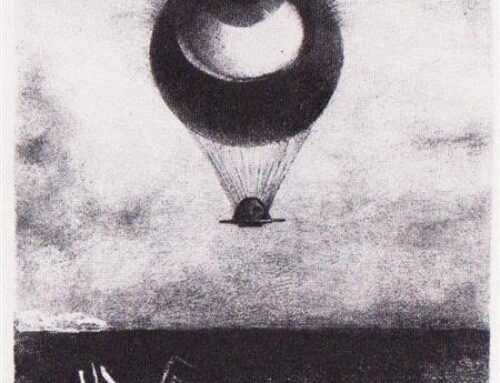Song of the whales: using AI to decode more mammalian language. From the article:
In 2005, Shane Gero, biology lead for Ceti, founded The Dominica Sperm Whale Project to study the social and vocal behaviour of around 400 sperm whales that live in the Eastern Caribbean. Almost 20 years – and thousands of hours of observation – later, the researchers have discovered intricacies in whale vocalisations never before observed, revealing structures within sperm whale communication akin to human language….
Sperm whales communicate with each other using rhythmic sequences of clicks, called codas. It was previously thought that sperm whales had just 21 coda types. However, after studying almost 9,000 recordings, the Ceti researchers identified 156 distinct codas. They also noticed the basic building blocks of these codas which they describe as a “sperm whale phonetic alphabet” – much like phonemes, the units of sound in human language which combine to form words….
So, what does all this tell us about sperm whales’ intelligence? Or their ability to reason, or store and share information?
“Well, it doesn’t tell us anything yet,” says Gruber. “Before we can get to those amazing questions, we need to build a fundamental understanding of how [sperm whales communicate] and what’s meaningful to them. We see them living very complicated lives, the coordination and sophistication in their behaviours. We’re at base camp. This is a new place for humans to be – just give us a few years. Artificial intelligence is allowing us to see deeper into whale communication than we’ve ever seen before.”
For a link to the scientific article, see here.






Leave A Comment